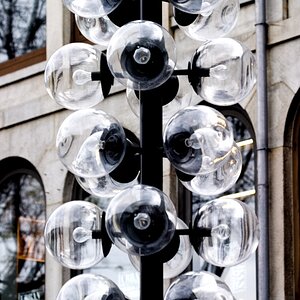Senor Hound
TPF Noob!
- Joined
- Apr 23, 2008
- Messages
- 1,425
- Reaction score
- 0
- Location
- La la land...
- Can others edit my Photos
- Photos OK to edit
I've been searching far and wide for a camera with built in Image Stabilization at an affordable price. I was looking at a Sony A-100 on dpreview.com, when something occurred to me.
I was comparing the ISOs of the Sony to the Canon, and it seemed like the Canon produced cleaner images than the Sony. It seemed to be about two steps worth, to be exact. But, the image stabilizer on the Sony is about 2 steps worth (according to dpreview). So basically it can stabilize the image, but with the Canon you can up the ISO, and take the shot at settings where you don't NEED stabilizing. I am fairly new to this stuff, but this really got me thinking.
So, what do you people here think? Does getting a non-Canon camera with in-body Image Stabilization still make sense, or is it overrated?
I was comparing the ISOs of the Sony to the Canon, and it seemed like the Canon produced cleaner images than the Sony. It seemed to be about two steps worth, to be exact. But, the image stabilizer on the Sony is about 2 steps worth (according to dpreview). So basically it can stabilize the image, but with the Canon you can up the ISO, and take the shot at settings where you don't NEED stabilizing. I am fairly new to this stuff, but this really got me thinking.
So, what do you people here think? Does getting a non-Canon camera with in-body Image Stabilization still make sense, or is it overrated?




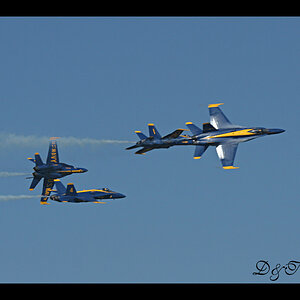
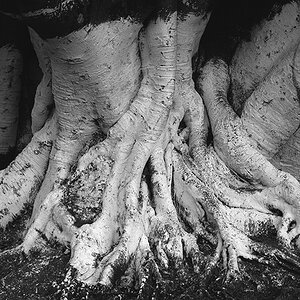

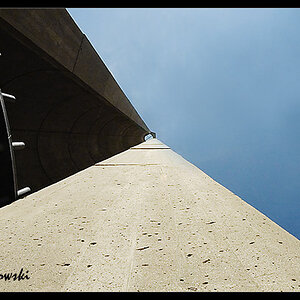

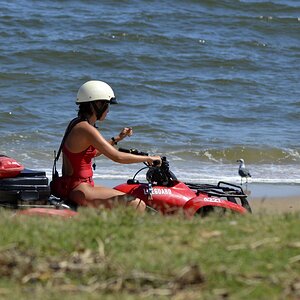
![[No title]](/data/xfmg/thumbnail/36/36099-feb952513e45dbf9f061ab28c1dc1121.jpg?1619737342)

